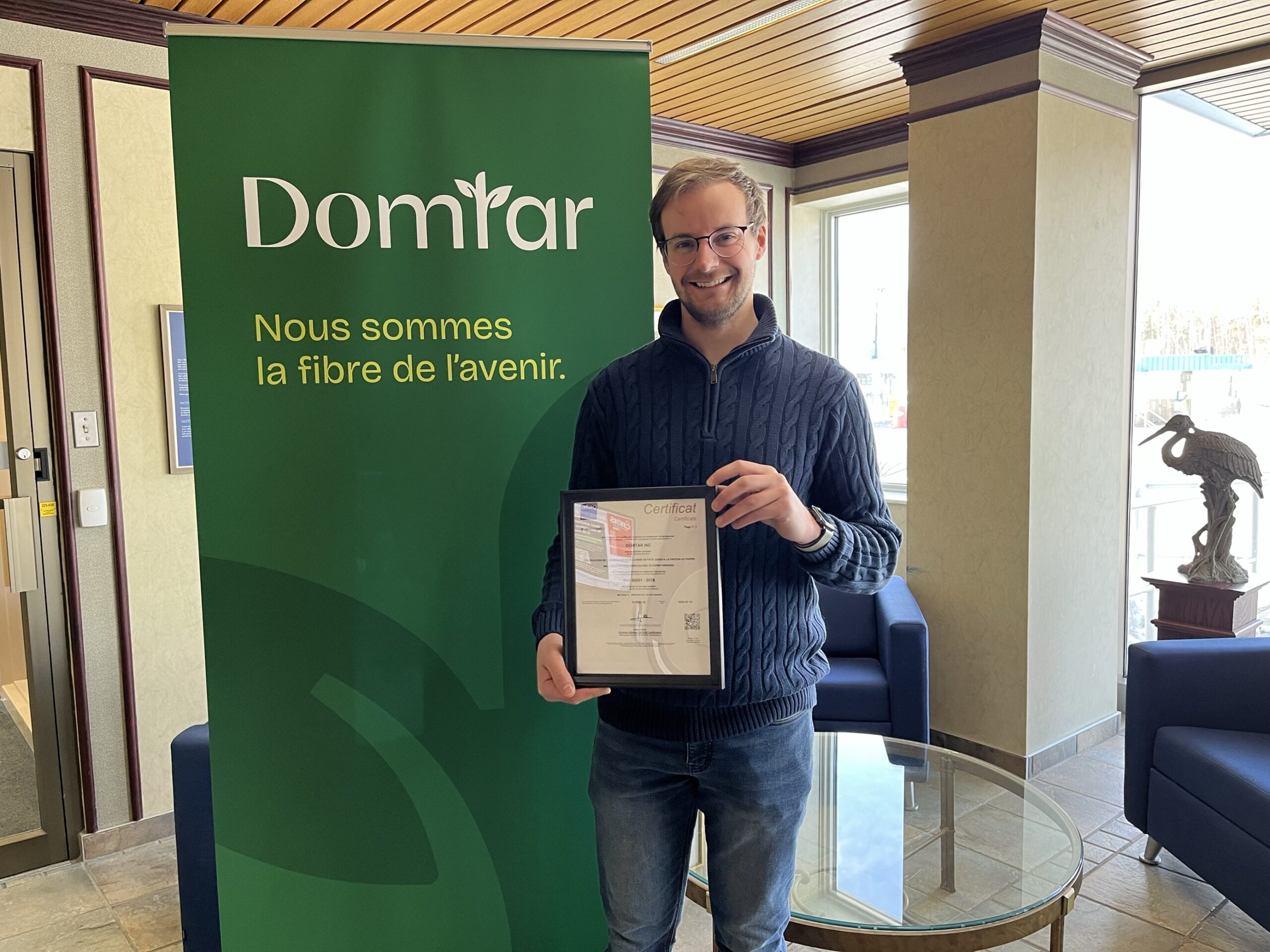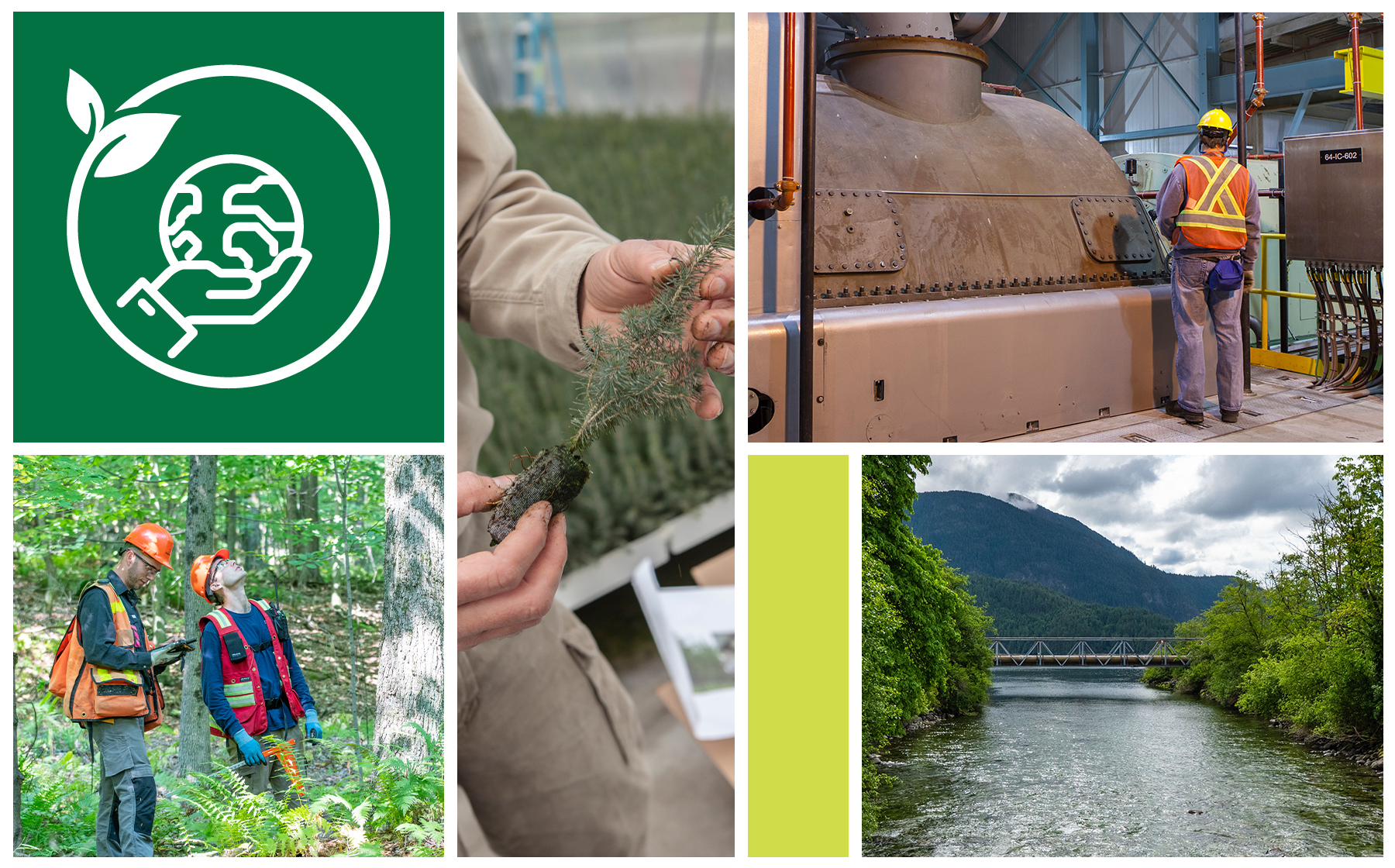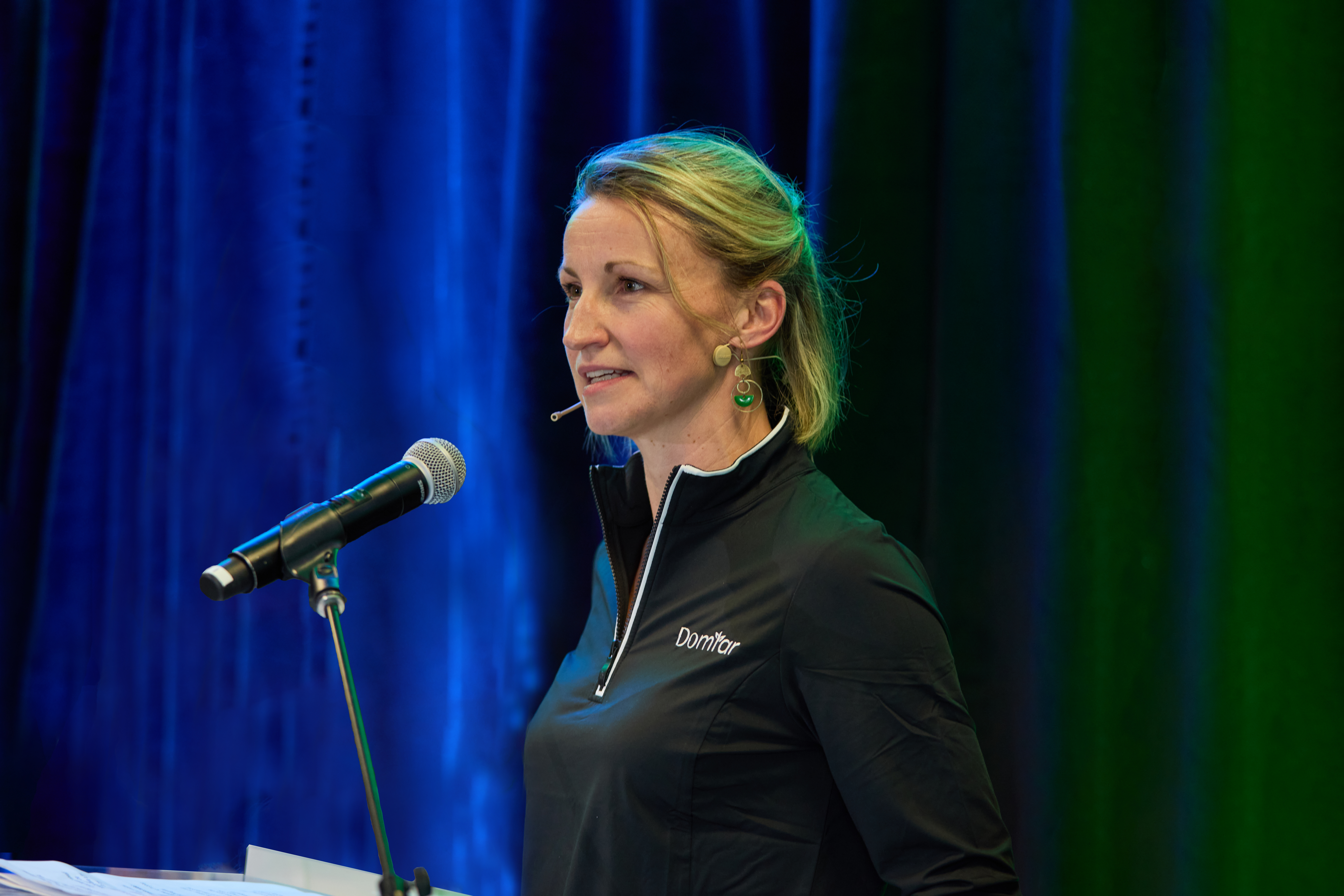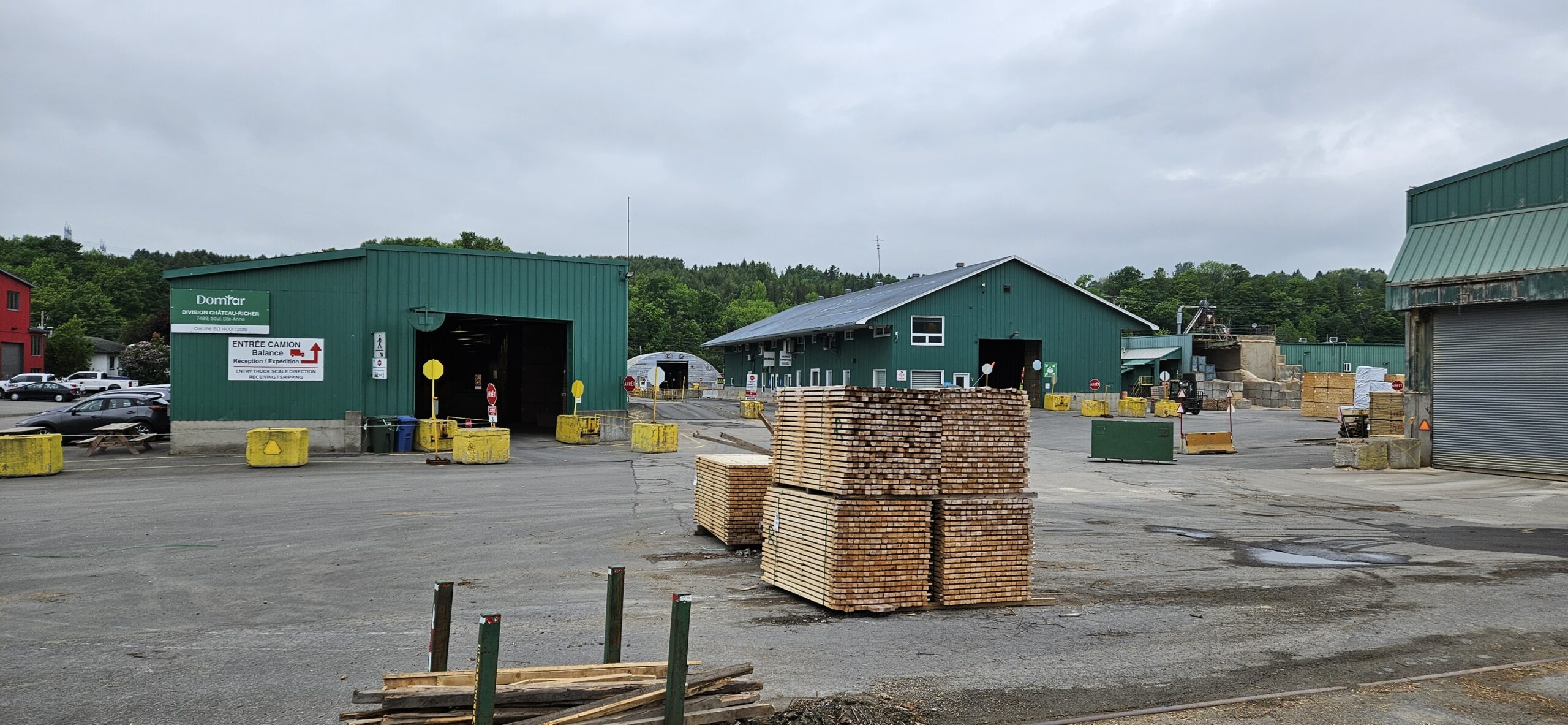Our Windsor Mill recently earned its ISO 50001 certification. The international ISO 50001 standard recognizes organizations for improving energy use through the development of an energy management system (EnMS). The new Windsor Mill certification is part of our ongoing commitment to lower our environmental footprint, and it highlights the mill’s environmental performance, which is among the best for mills in North America.
“Two years ago, the mill adopted a new energy and greenhouse gas (GHG) management plan, and as part of that process we coordinated all of the actions and studies needed for ISO 50001 certification,” says Eric Olivier, Windsor Mill’s environmental process and sustainability manager. “The plan helps us lower our energy costs, which is one of the mill’s largest budget items. It also is consistent with Domtar’s long-term sustainability commitment to continuously improve our environmental performance.”
Data Helps Drive Change
According to the International Organization for Standardization, ISO 50001 provides a framework of requirements for organizations to:
- Develop a policy for more efficient use of energy
- Fix targets and objectives to meet the policy
- Use data to better understand and make decisions about energy use
- Measure the results
- Review how well the policy works
- Continually improve energy management
Jeffrey Byrns, a process engineer and energy manager for the Windsor Mill certification, says the mill has committed to reducing its energy usage by 2 percent — saving enough energy to power 2,000 homes.
“You can find out your total gas consumption, electricity consumption and so on, but you won’t know in detail where you are losing energy or where you are being efficient,” he explains. “We worked directly with our teams to develop some specific key performance indicators (KPIs) that can help us understand and improve our energy consumption. And we developed action plans that can move us forward toward that goal.”
As an example, the mill closely monitors excess oxygen levels within its boilers. “We know that when we increase oxygen, we see lower efficiency,” Byrns says. “So that is now one of our KPIs. We can see when oxygen levels rise and make adjustments to return to our normal baseline. That helps us stay on track with our goal of reducing energy use in relation to our production.”
As part of the Windsor Mill certification process, the team conducted an energy analysis and worked with experts to develop an energy model of the mill. Then, they created dashboards that make it possible for management and operators to determine, in real time, whether various systems within the mill are meeting their target energy consumption. It’s easy to see at a glance which areas require tuning or improvement.
Windsor Mill Certification: A Team Effort
Achieving the Windsor Mill certification required buy-in from every level of the mill, from management to the individual operators. To get that buy in, Olivier’s team sought feedback from stakeholders while sharing the benefits of being ISO 50001 certified:
- It’s in line with Canada’s “energy sobriety” and GHG reduction targets.
- It moves Domtar closer to its goal of net zero emissions.
- It satisfies customer demand for energy efficiency and GHG reduction, creating a sales advantage for products produced at Windsor Mill, such as office papers, envelope papers and more.
- It lowers the cost of one of the mill’s largest budget items.
“Change takes time, and it requires a lot of communication,” says Olivier. “We wanted to reconcile the requirements of the standard with the reality of the various departments in the mill. But everyone was interested in the idea. They were glad to have this initiative, and they had a lot of ideas to contribute.”
The Windsor Mill certification was complete in January 2025 and lasts for three years, with annual audits. Recertification in 2028 will depend on meeting the mill’s goal to reduce energy consumption by 2 percent. “We know we will exceed this goal because we have already achieved significant reductions, but we must maintain our efforts. Now that people are aware of our energy consumption, they are working hard to reduce it,” Olivier says. “It takes everyone working together to make it happen, and we are very proud of our results so far.”
Byrns agrees. “We were really lucky to have everyone come on board and be proactive with supplying ideas and trying new things,” he says. “We’re reaching our goals because it’s a team effort.”







